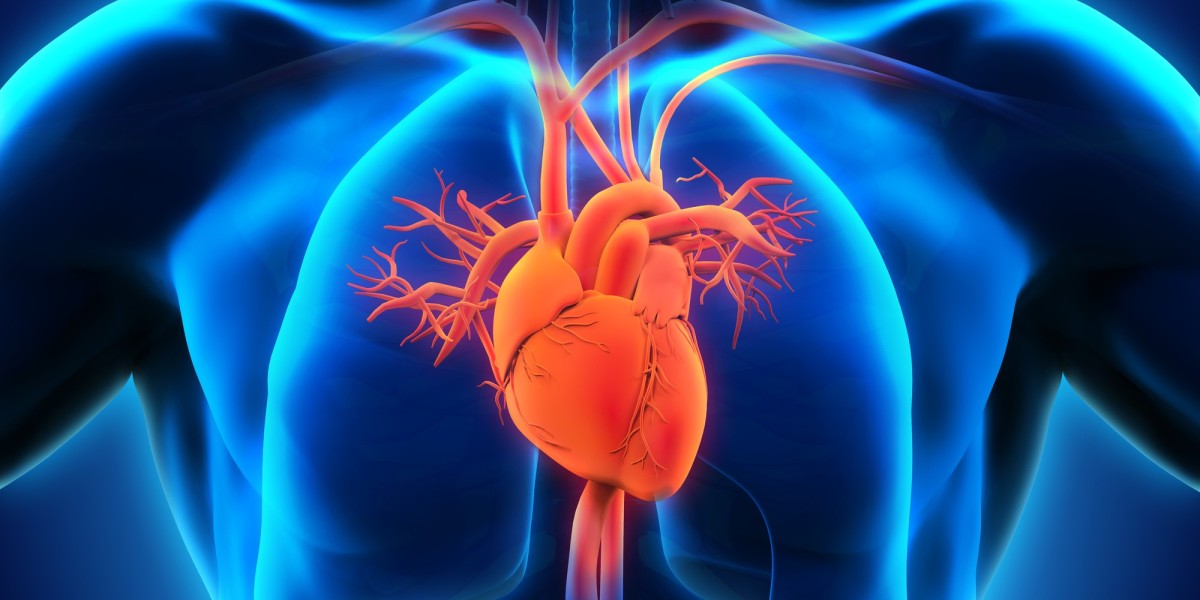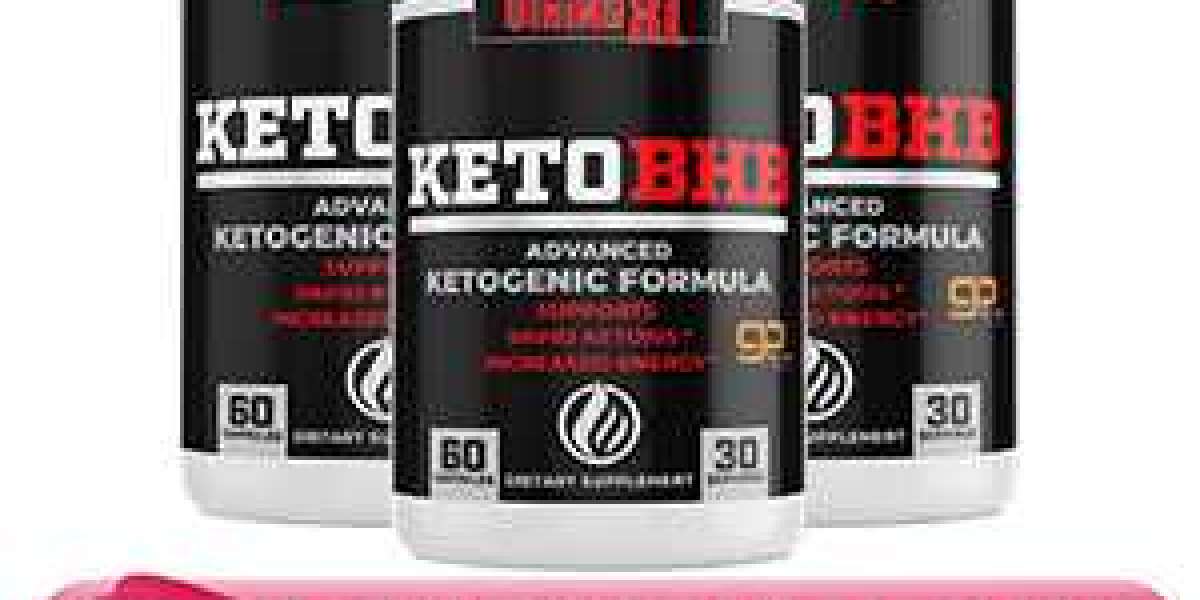Severs Disease, also known as calcaneal apophysitis, is a common cause of heel pain in growing children and adolescents. This condition occurs when the growth plate at the back of the heel becomes inflamed due to repetitive stress or overuse. While Severs Disease typically resolves on its own with time and rest, innovative therapies can help alleviate symptoms and promote healing. Let’s explore some of the latest treatment options for Severs Disease, from conservative measures to advanced interventions.
Understanding Severs Disease
Severs Disease typically affects active children and adolescents, particularly those involved in running, jumping, or sports that involve repetitive impact on the heels. Symptoms of Severs Disease may include heel pain, swelling, tenderness, and difficulty walking or participating in activities. Diagnosis is usually based on clinical evaluation, including a physical examination and imaging studies such as X-rays or ultrasound.
Rest and Activity Modification
The cornerstone of Severs Disease Treatment involves rest and activity modification to relieve pressure on the inflamed heel. This may include temporarily reducing or avoiding activities that exacerbate symptoms, such as running or jumping. Switching to low-impact activities like swimming or cycling can help maintain fitness while allowing the heel to heal. Additionally, supportive footwear with cushioning and arch support can help alleviate pressure on the heel during daily activities.
Physical Therapy and Stretching Exercises
Physical therapy plays a crucial role in Severs Disease treatment by focusing on strengthening and stretching exercises to improve flexibility and reduce pain. Physical therapists can tailor a customized exercise program to address muscle imbalances, tightness, and weakness that may contribute to heel pain. Common exercises for Severs Disease may include calf stretches, heel lifts, toe curls, and eccentric strengthening exercises to improve lower limb stability and function.
Orthotic Devices and Shoe Inserts
Orthotic devices and shoe inserts can provide additional support and cushioning to the heels, reducing stress on the affected area. Custom-made orthotics can be tailored to individual foot shape and biomechanics, providing optimal arch support and shock absorption. Over-the-counter heel cups or inserts may also be beneficial for some patients, offering temporary relief from heel pain during activities.
Non-Steroidal Anti-Inflammatory Drugs (NSAIDs)
Non-steroidal anti-inflammatory drugs (NSAIDs) such as ibuprofen or naproxen can help reduce inflammation and relieve pain associated with Severs Disease. These medications are typically used on a short-term basis to alleviate acute symptoms and improve comfort during activities. However, long-term use of NSAIDs should be avoided due to potential side effects such as gastrointestinal irritation or kidney damage.
Advanced Interventions: Extracorporeal Shockwave Therapy (ESWT)
In cases where conservative treatments fail to provide adequate relief, advanced interventions such as extracorporeal shockwave therapy (ESWT) may be considered. ESWT involves the application of high-energy shockwaves to the affected area, stimulating tissue regeneration and reducing pain. This non-invasive procedure has shown promising results in the treatment of chronic heel pain conditions, including Severs Disease, by promoting healing and tissue remodeling.
A Multidisciplinary Approach to Healing
Severs Disease can be a challenging condition to manage, but with the right treatment approach, most children and adolescents can experience significant improvement in symptoms and return to their normal activities. By combining conservative measures such as rest, physical therapy, and orthotic devices with advanced interventions like shockwave therapy when needed, healthcare providers can help young patients overcome heel pain and regain their mobility and quality of life. With early intervention and comprehensive care, healing heel pain caused by Severs Disease is within reach.
Get more insights on Severs Disease Treatment



